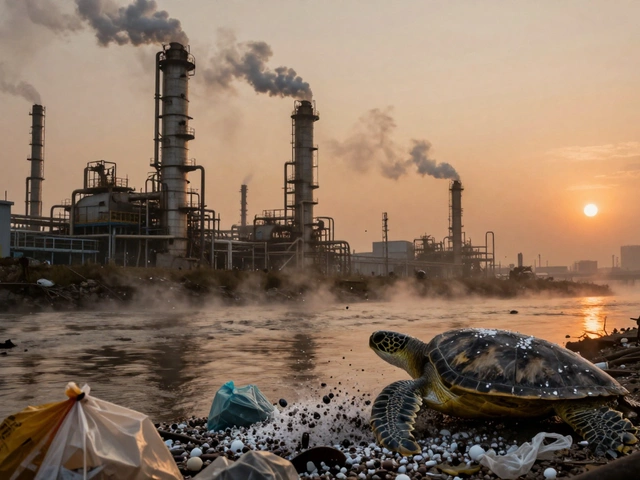Indian Economy: Key Trends and What They Mean for You
India’s economy is moving fast, and if you run a business or just want to stay ahead, you need to know what’s driving that speed. From record‑high factory output to new trade rules, the changes are real‑world and affect everything from your bottom line to the jobs you can hire.
Manufacturing and Industrial Growth
Manufacturing is the engine that’s pushing the Indian economy forward. In 2024 the sector added over 2 % to GDP, and analysts expect that to keep climbing. Why? Government schemes like Production‑Linked Incentive (PLI) are giving cash back to companies that scale up electronics, textiles, and automotive parts. At the same time, the rise of “smart factories” – where robots, IoT sensors, and data analytics work together – is cutting waste and boosting output.
For a small‑scale entrepreneur, this means you can tap into affordable machinery and even get subsidies for energy‑efficient equipment. For larger firms, the trend points to a shift toward higher‑value products: think medical devices, renewable‑energy components, and advanced polymers. The posts on our site, such as “How to Become a Successful Manufacturer: Step‑by‑Step Guide for 2025” and “Understanding the 5 M's of Manufacturing,” dive deeper into the exact steps you can take.
Policy Moves Driving the Market
Policy changes are the invisible hand that shapes buyer confidence. The recent GST simplification reduced filing paperwork for manufacturers, while the new export‑promotion council is opening doors for Indian goods in Europe and the U.S. At the same time, tighter environmental rules – like the ban on certain chemicals – are forcing companies to adopt greener processes.
What does this mean for you? If you’re in chemicals, textiles, or food processing, start checking the “Banned Chemicals in India” list now so you can redesign formulas before penalties hit. If you’re eyeing export, the “Largest Pharma Hub in India (2025)” article shows why places like Gujarat are becoming go‑to spots for pharma export – a hint that setting up near those clusters can shave weeks off logistics.
Even the finance side is changing. The RBI’s new credit‑line guidelines make it easier for MSMEs to secure short‑term loans, but they also require stronger cash‑flow reporting. Use simple accounting software to stay compliant and keep your loan applications smooth.
Bottom line: the Indian economy is a mix of booming manufacturing, supportive policy, and evolving regulations. Keep an eye on the three pillars – production, policy, and sustainability – and you’ll be better positioned to ride the growth wave. Check out our other tag‑related posts for niche ideas, like “Most In‑Demand Products in 2025” or “Industries with Low Competition,” to pinpoint the next hot market.
Why India Isn’t the World’s Manufacturing Hub: Deep Dive Into Challenges & Real Solutions
India’s massive potential as a global manufacturing giant remains largely untapped. Explore what’s holding India back from becoming a true manufacturing hub, from red tape to power outages, and see what steps can make a difference.
Read More




